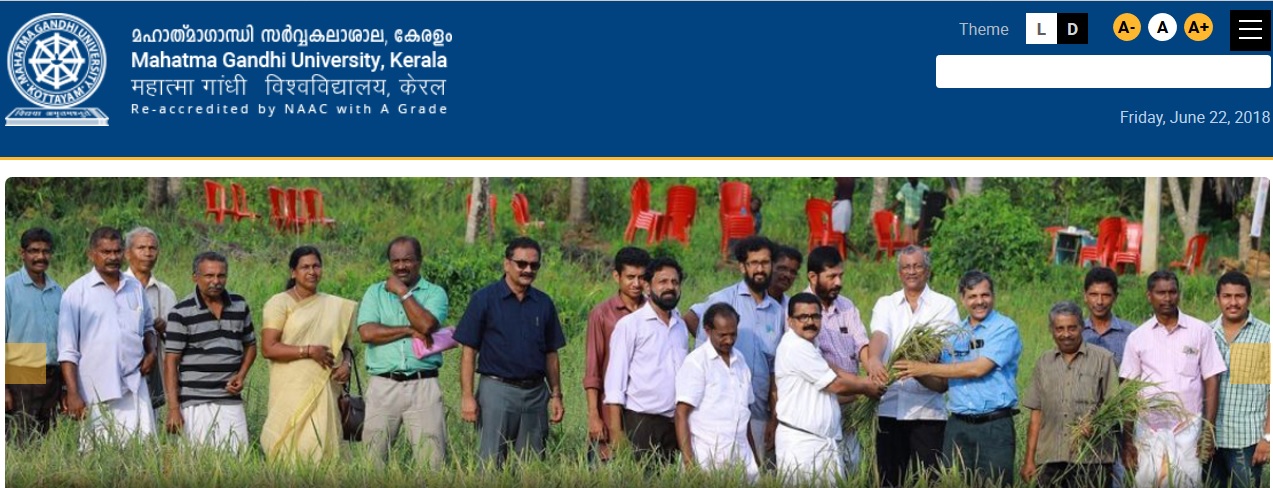CE010604 Transportation Engineering-I B.Tech Model Question Paper : mgu.ac.in
Name of the University : Mahatma Gandhi University
Department : Civil Engineering
Degree : B.Tech
Subject Code/Name : CE 010 604/Transportation Engineering I
Sem : VI
Website : mgu.ac.in
Document Type : Model Question Paper
Download Model/Sample Question Paper : https://www.pdfquestion.in/uploads/mgu.ac.in/5131-CE%20010%20604.pdf
MGU Transportation Engineering-I Question Paper
B.TECH Degree Examination, May-June 2013 :
Sixth Semester :
Civil Engineering :
Related : MGU CE010606L03 Airport Engineering B.Tech Model Question Paper : www.pdfquestion.in/5136.html
CE 010 604 Transportation Engineering I
(2010 Admission Onwards)
Time: Three Hours
Maximum: 100 Marks
PART A
(Answer all Questions)
(3 X 5 = 15 marks)
1. What are the functions of ballast?
2. What is wave theory?
3. What is meant by Littoral drift?
4. Write a short note on channel lighting
5. What is the necessity of ventilation to be provided in tunnels?
PART B
(Answer all Questions)
(5 X 5 = 25 marks)
6. Why the uniformity of gauge is important for the efficient functioning of railways?
7. Draw neatly a typical cross section of a single lane railway track in a level ground and name the different parts.
8. Write a brief note on tunnel drainage.
9. What should be the actual ruling gradient, if the ruling gradient is 1 in 200 on a metre gauge and a curve of 3o is superimposed over the track?
10. List out the necessities and functions of breakwaters

PART C
(5 X 12 = 60 marks)
11. a. Explain the terms:
i. conning of the wheels and
ii. Grade Compensation
b. Explain with suitable figures various types of rail fastenings
OR
12. What are the functions of:
i. Rail
ii. Sleepers
iii. Ballast
13. On a straight BG track a turn out takes off at an angle of 6o 42’ 35” Design the turnout if (i) angle of switch is 1o 34’ 27” (ii) length of switch rail is 4.73 m (iii) heel divergence is 11.43 cm and (iv) length of straight arm is 85 cm
OR
14. A 5o curve diverges from a main curve of 4o in an opposite direction in the layout of a BG yard. If the speed on the branch line is restricted to 40kmph.Determine the speed restriction in the main track. Assume the permissible cant deficiency to be 7.5 cm
15. What are the different methods of tunneling through soft soil? Explain the fore poling method in detail.
OR
16. a. How are the size and the shape of tunnel decided?
b. Sketch different shapes of tunnel cross section generally followed
c. Mention the various problems in tunneling.
17. Describe the various types of signals used in harbours.
OR
18. Write a short note on: (i) landing stages in harbour.(ii) Channel demarcation
19. Define: (i) wet and dry docks. (ii) Lock and lock gates
OR
20. State the types of dredging devices commonly used in harbour engineering. Explain with neat sketch, the operation of bucket ladder dredger.
Syllabus
CE010 604 Transportation Engineering – I :
Objective : To gain an in-depth knowledge on operating characteristics of facilities such as railways and water transportation
Module 1 : (15 hours)
Introduction : Transportation modes – comparison and characteristics of highway and railway. Modern developments – Surface, elevated and tube railways, light rail transit, high speed tracks – technologies
Railway track : Alignment- basic requirements and factors affecting selection, Component parts of a railway track – requirements and functions – Typical cross section – Rails – functions and requirements, Type of rail sections, rail fastenings, wear and creep of rails – coning of wheels, Train resistances and evaluation of hauling capacity and tractive effort of locomotive.
Geometric design of railway track : Horizontal curves, radius – super elevation – cant deficiency – transition curves – gradients – different types – Compensation of gradients.
Module 2 : (10 hours)
Railway operation and control: Points and Crossings – Design features of a turn out – Details of station yards and marshalling yards – Signaling, interlocking of signals and points – Principles of track circuiting – Control systems of train movements – ATC, CTC – track circuiting
Module 3 : (10 hours)
Tunnel Engineering : Tunnel – sections – classification – tunnel surveying – alignment, transferring centre, grade into tunnel – tunnel driving procedure – shield method of tunneling, compressed air method, tunnel boring machine, Tunnel lining, ventilation – lighting and drainage of tunnels.
Module 4 : (15 hours)
Harbour Engineering : Harbours – classification, features, requirements, winds and waves in the location and design of harbours. Break waters – necessity and functions, classification, alignment, design principles, forces acting on break water – construction, general study of quays, piers, wharves, jetties, transit sheds and warehouses – navigational aids – light houses, signals – types – Moorings
Module 5 : (10 hours)
Dock Engineering : Docks – Functions and types – dry docks, wet docks – form and arrangement of basins and docks – design and construction – dock entrances – floating dry docks, slip ways, dock entrances and caissons. Dredging – functions – general study of dipper dredger, grapple dredger, ladder dredger and hydraulic dredger.